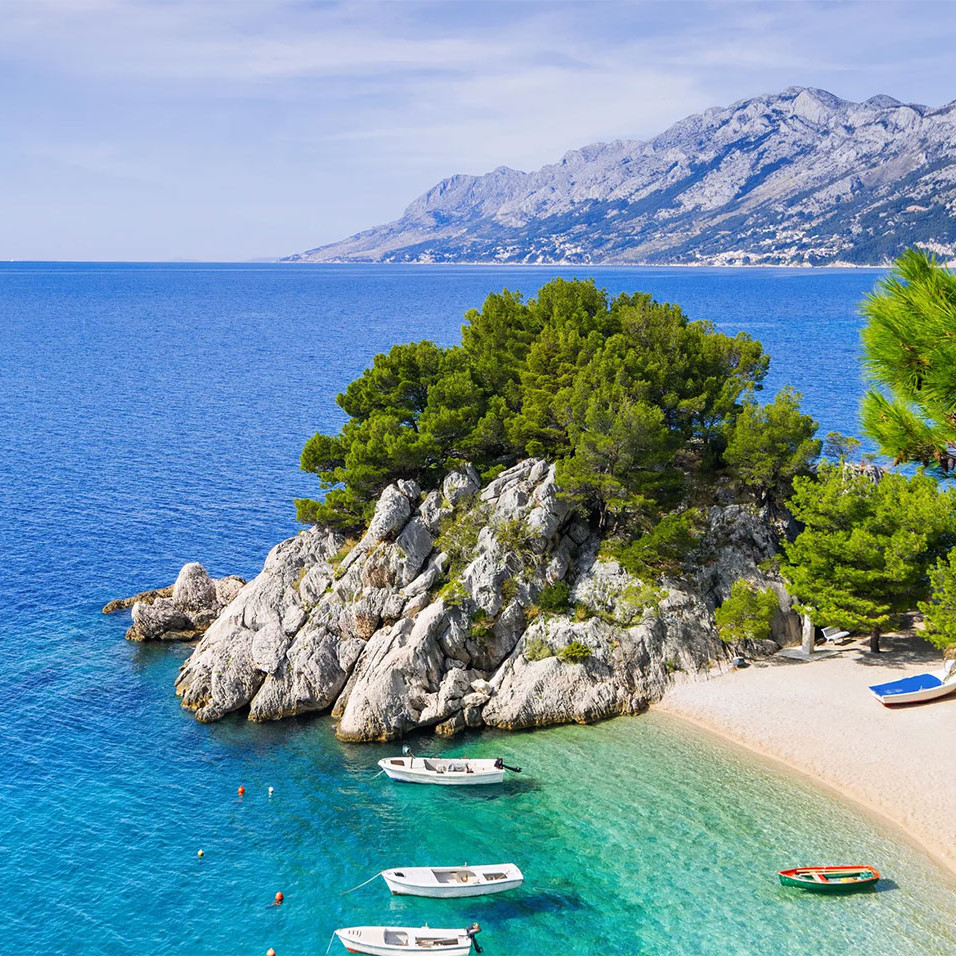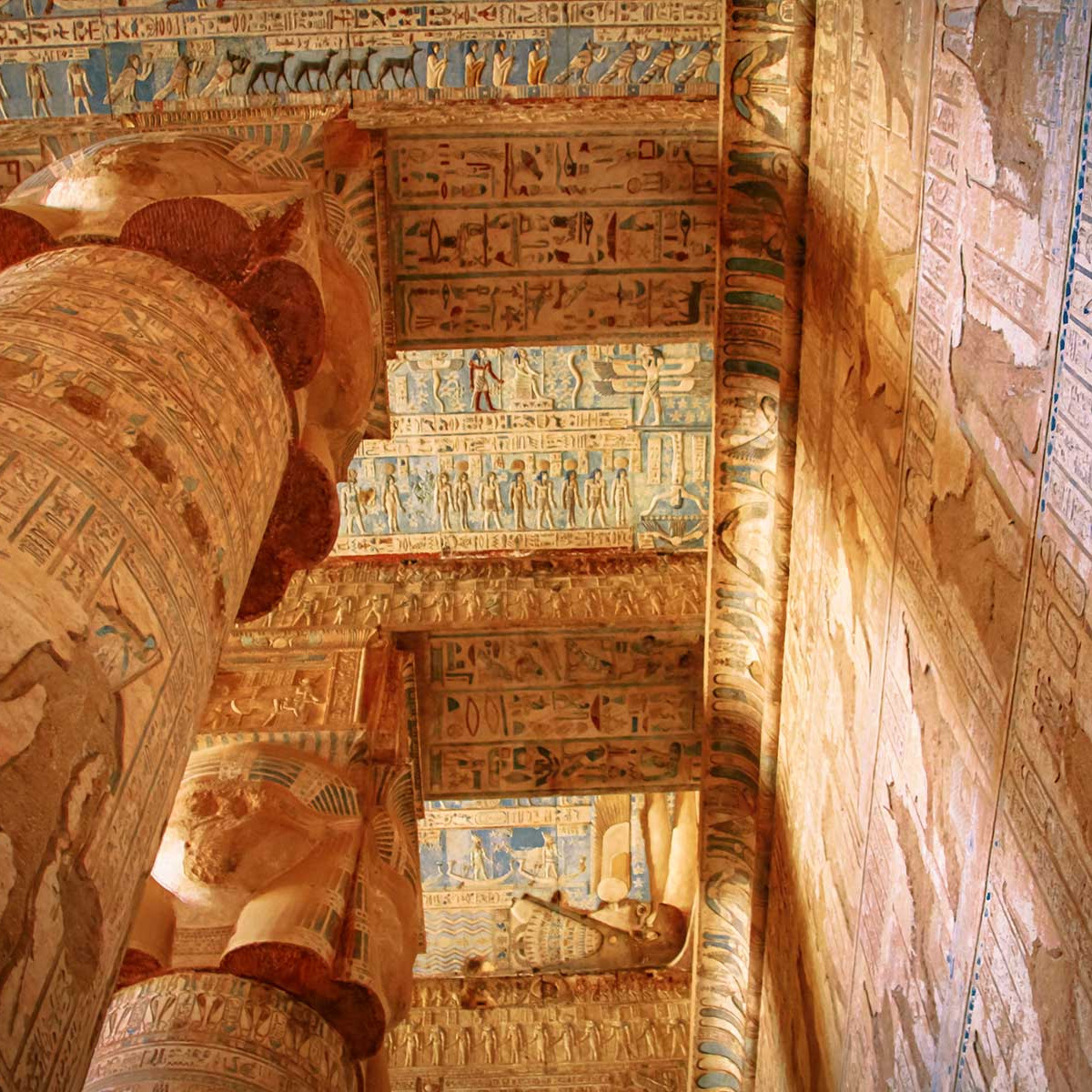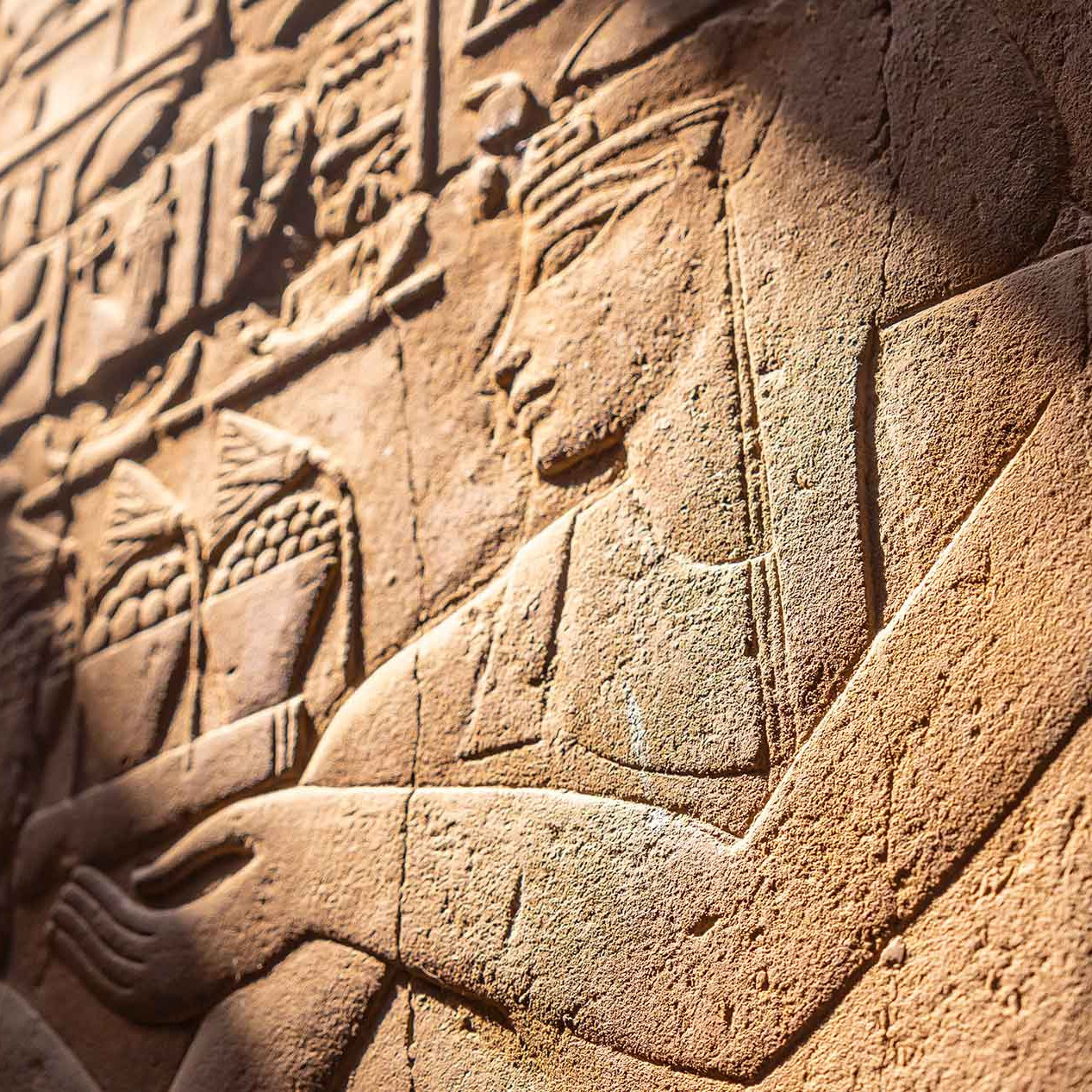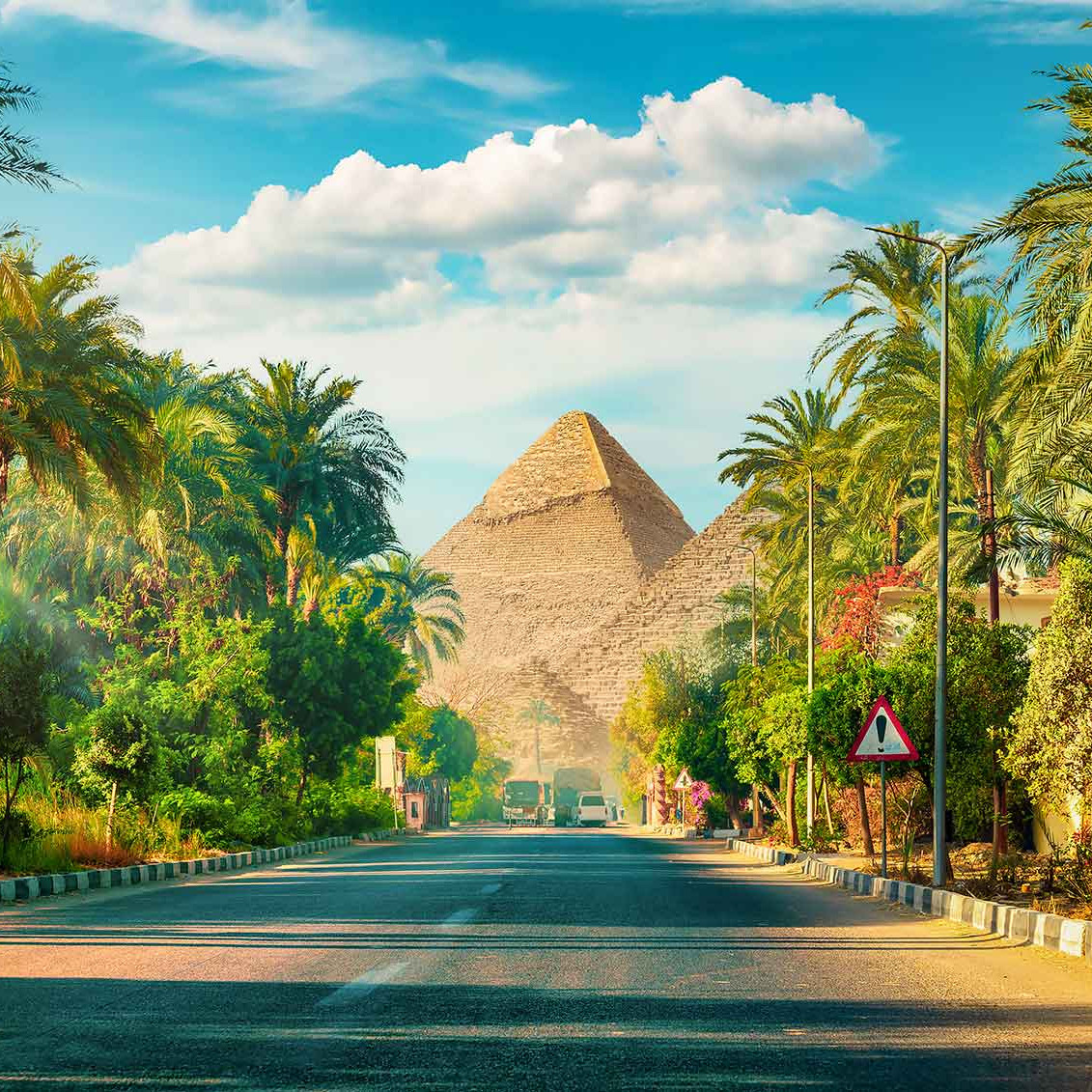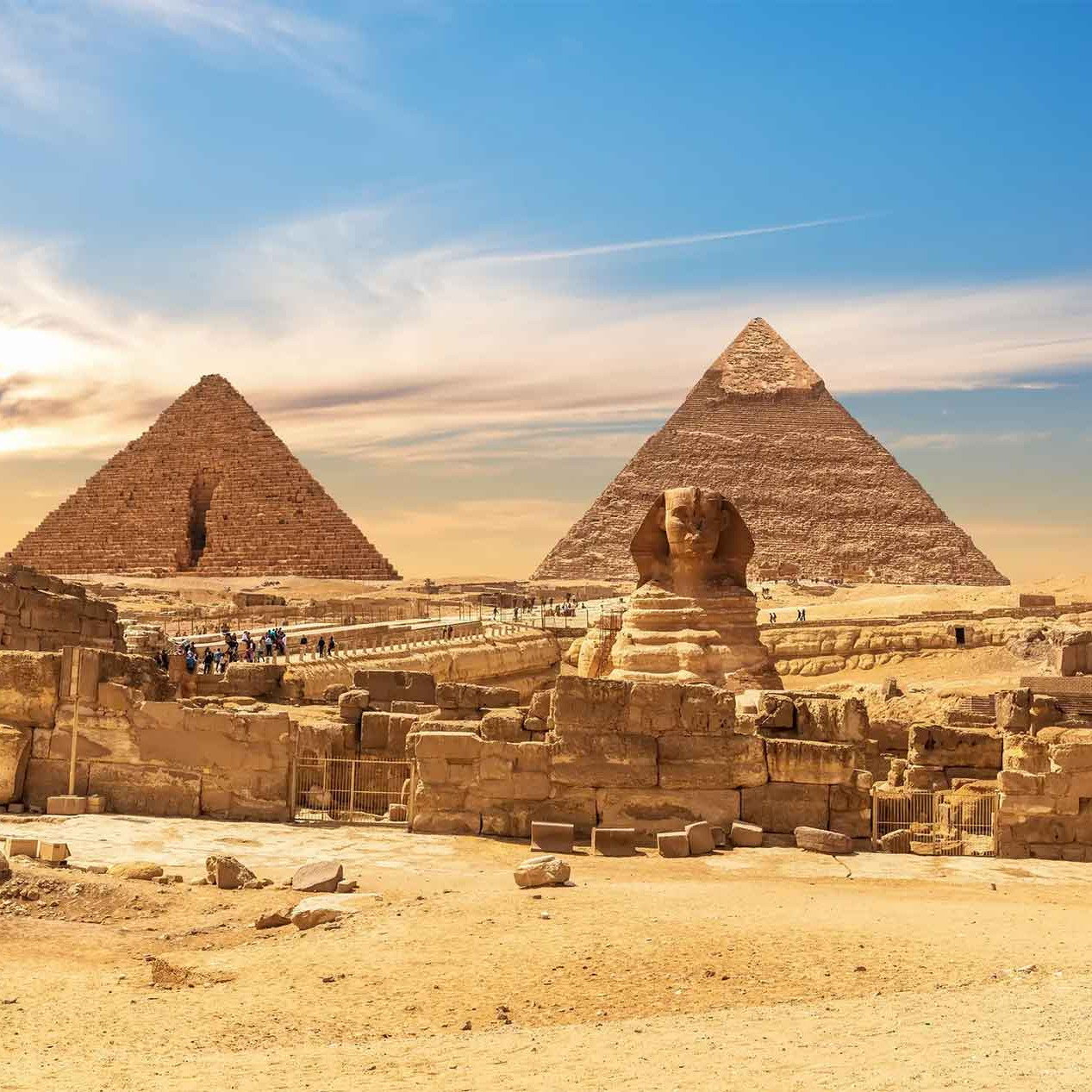The Statue of Liberty
The Statue of Liberty is an universal icon of freedom, being one of the most visited attractions in the United States, with approx. 3.5 million visitors every year. Dedicated on October 28, 1886, the Statue of liberty was a gift from the people of France to the United States as a universal symbol of freedom and democracy, to celebrate the friendship between the two countries during the American Revolution. It was later designated as a National Monument in 1924.
Located on the Liberty Island in New York Harbor in New York City, it is a figure of “Libertas”, the liberty roman goddess. She hold a torch with her right hand, and a tabula ansata (roman tablet) on the other hand, with the date of the US Declaration of Independence in the other, with a broken shackle and chain at her feet, symbolizing the abolition of slavery.
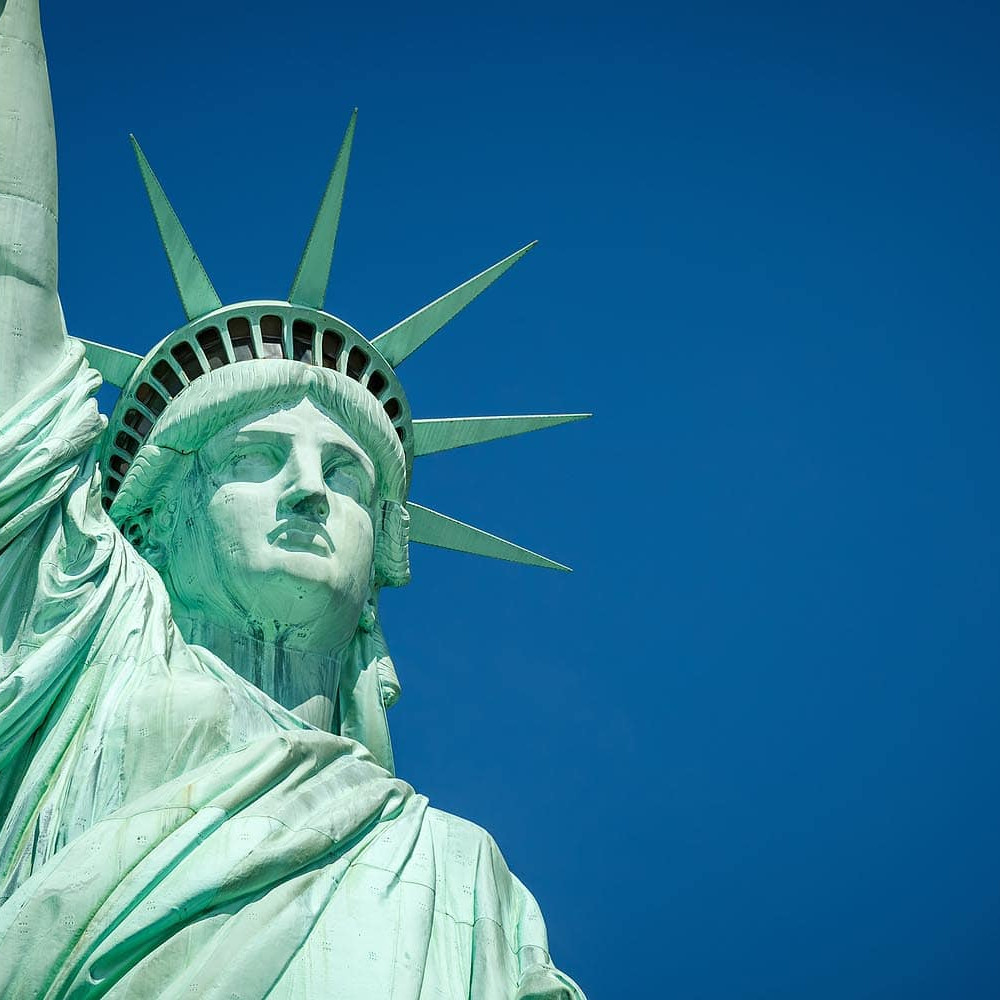
History
The Statue was first proposed by Édouard René de Laboulaye, the president of the French Anti-Slavery Society and a prominent and important thinker of the time.
Laboulaye was a supporter of the union in the American Civil War, expressing that a monument but by united effort should be built in the United States as a memorial of their independence, and proposed the gift on behalf of France, hoping that the French people would also be inspired to get its on democracy from the monarchy,
The Statue was to be a joint effort between the countries; France was in charge of building and designing the Statue while the United States would complete the pedestal that would hold it.
The artist and sculptor Frederic Auguste Bartholdi was in attendance for the Laboulaye’s ideas, becoming the designer of the copper statue, supposed to be finished by the centennial of the Declaration of Independence in 1876.
They needed funds to achieve this goal, which became a long and tedious process. In France, public fees, various forms of entertainment, and a lottery were used to raise funds. In the US, benefit theatrical events, art exhibitions, auctions, and prizefights were held without much luck, and the work on the pedestal didn’t begin until august 1885, after Joseph Pulitzer made an editorial on his newspaper the New York World inviting american people to collaborate, in exchange for printing each name of the donors on the newspaper.
While all this was happening, Bartholdi needed an engineer to assist with the structure to support the piece, becoming Alexandre Gustave Eiffel (Eiffel Tower) along with Eugène-Emmanuel Viollet-le-Du the team who designed the metal skeleton of the Statue of Liberty.
The statue was completed in France in July 1884, and shipped to the US(broken down in 350 individual pieces in order to be transported), arriving on June 17, 1885, awaiting for the construction of the pedestal, which finally finished on April 1886 in the US.
It took them 4 months to assemble all the pieces, finishing on October 28, 1886.
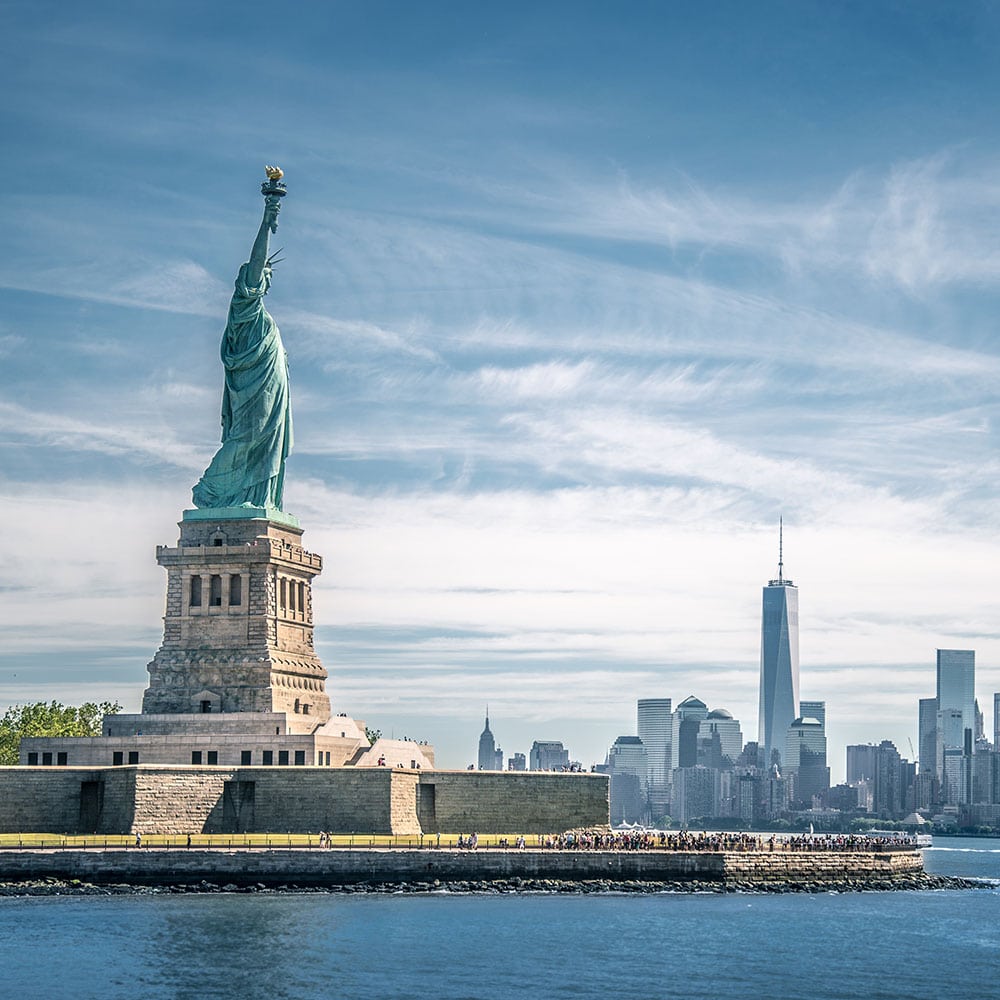
It became a symbol of universal liberty after its dedication, as the seven rays in the crown represent the seven continents. Today visitors have access to the Statue’s pedestal observation deck a, the museum, the area of Ft. Wood and Ellis Island.
The statue weighs 225 tons, and is 205 feet high (92,99 m)
The museum is full of incredible exhibits, including the original torch (Which was removed in 1984, when the restoration of the statue were undergoing due to its centennial celebration, and it was determined that thanks to the many modifications done to the torch throughout the years, water and corrosion had damaged the structure)
Where to buy tickets
Access to Liberty and Ellis Islands is by Statue Cruises ferries only. These ferries leave from two locations: Battery Park in New York City, and Liberty State Park in New Jersey. Private vessels are not allowed to dock on neither of the islands.
Statue Cruises are the only ferries authorized by the National Park Service to sell tickets and provide transportation to Liberty and Ellis Islands.
The Statue of Liberty and Covid-19
Liberty Island partially reopened on Monday, July 20, and The Statue of Liberty Museum partially reopened on Monday, August 24. Ellis Island partially reopened on Monday, August 24th
Unfortunately, the interior of the Statue of liberty, including pedestal and crown access as well as the liberty island information center, are not open yet as of October 3rd, 2020. Food and gift shops are limited.
Covid-19 measurements like reduced visitor capacity, social distancing, enhanced cleaning and hand sanitizing stations are in place throughout the facilities.
Daily park hours of operation are 8:30 AM to 5:00 PM.


